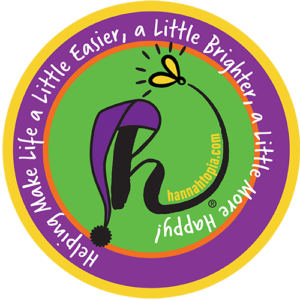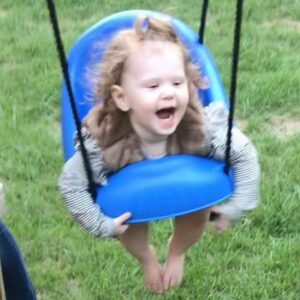I am on the Waiting List for my NillyNoggin EEG Cap. It will help me during my EEG testing! Please help me reach my goal.
I am so excited to receive my NillyNoggin!
And an added bonus,
if I go above and beyond my goal, we will help other Warriors battling epilepsy! How?
Once I reach my goal of $50, every $50 over that will support other Warriors wishing for a NillyNoggin!
I would really like to help others battling neurological conditions. I know what its like to fight every day and having something to help us get through stressful testing with a smile and help us feel like a rockstar is priceless.
Let’s work together and help sponsor NillyNoggin EEG Caps for more warriors battling epilepsy!
Help Me Feel like a Rockstar!
My medical condition requires me to get EEG tests that are very medically sterile looking and often scary.
Sometimes an EEG is worn for days, in public, and people often stare. The NillyNoggin covers up this scary medical look. It puts a positive, happy twist on the EEG procedure that some of us have to get a lot.
The NillyNoggin cap is comfortable and colorful! Lots of people will come up to talk with me ’cause it’s so cool! It will also give me confidence and comfort! This cap will help ease my anxiety and make life easier on everyone involved with my care.
And Just a Bit More About Me
Josephine’s primary diagnosis are CDKL5 and Congenital Myotonic Muscular Dystrophy.
Three weeks before Super Josephine was born, we were checking position and weight on an ultrasound when they realized something was very wrong. She would be born with clubfoot, swallowing issues, and muscular problems. The diagnosis they suspected offered a life expectancy of 8 months to 2 years. We were devastated.
Three weeks after she was born, genetic testing came back that instead of the diagnosis they first thought, it was congenital myotonic muscular dystrophy. It was anticipated that she would have issues, but she would get stronger, eat on her own, walk, and talk. Kids with her diagnosis tend to be delayed, but they do get stronger and learn to sit and move on their own. Current life expectancy could put her into her 20s, but advances are being made, so they didn’t want to limit her. I was overjoyed that we weren’t looking at just months with her.
As the months went by, I connected with other parents of kids with her condition on Facebook groups. I saw kids that played with toys, interacted with peers, walked, communicated, and ate by mouth instead of g-tube. I waited eagerly for that day with my daughter.
She began having seizures at about 3 months old. The other kids didn’t have seizures, but it was an anomaly that we would deal with. Two years went by. New kids were born and joined our group. They began making advances that my daughter wasn’t making. I enjoyed their advances, but I became concerned that we weren’t experiencing any despite spending a lot of time and effort on therapy.
The seizures nagged at me. The complete lack of head control bothered me. But the way she didn’t use her hands purposefully began to scream at me that something more was wrong.
I took it up with her medical team. Everyone assured me that advances would come in time. She was so delayed though. I kept pointing it out to anyone and everyone that would listen. I knew that something else was going on. I assumed it was related to her diagnosis. I hoped we could find it and fix it with therapy or medication.
Finally, someone either saw what I saw or decided to humor me. Genetics ran an Epi-panel. Right around her third birthday, the results came back that she had a second even more rare condition. It was totally unrelated to the first diagnosis and just as severe, maybe even more-so. She also has CDKL5. It is a seizure disorder marked by delays, cognitive impairment, low tone, disabilities, and impacts many body systems.
She is the only one in the whole world diagnosed with both.
I was shocked. How could my daughter have managed to have both of these conditions? It wasn’t the easy fix I had hoped it would be. There is no cure or treatment. We would continue to treat individual symptoms the best we could and hope therapies would show at least some minor improvements.
I have learned so much about CDKL5. I have connected with parents with that condition also.
There is a wide range of outcomes for both of her diagnosis. It is difficult to say what she would be like if she only had one. Maybe she has both moderately, maybe she has one more severely than the other, or maybe she has both severely.
If they manage to find a cure for one condition, how will it impact her? Will it be noticeable? No one can say, because there is no one else like her.
Regardless of how many conditions she has or how deeply they impact her, she is still the light of my life along with her three older siblings (18, 20, and 23 years old). She enjoys banging on toys, listening to music, aquatic therapy in the pool, and hanging out with her family.
Now that we understand her conditions, we have helped her make some small improvements. She is learning to communicate with switches, we have found better seizure control, and I can enjoy what she can do knowing that I am not missing something that we should be working on with her.
I still can’t believe she has two unrelated rare conditions, but I also can’t believe how much joy one little girl can bring to her family’s life by just being her.”




